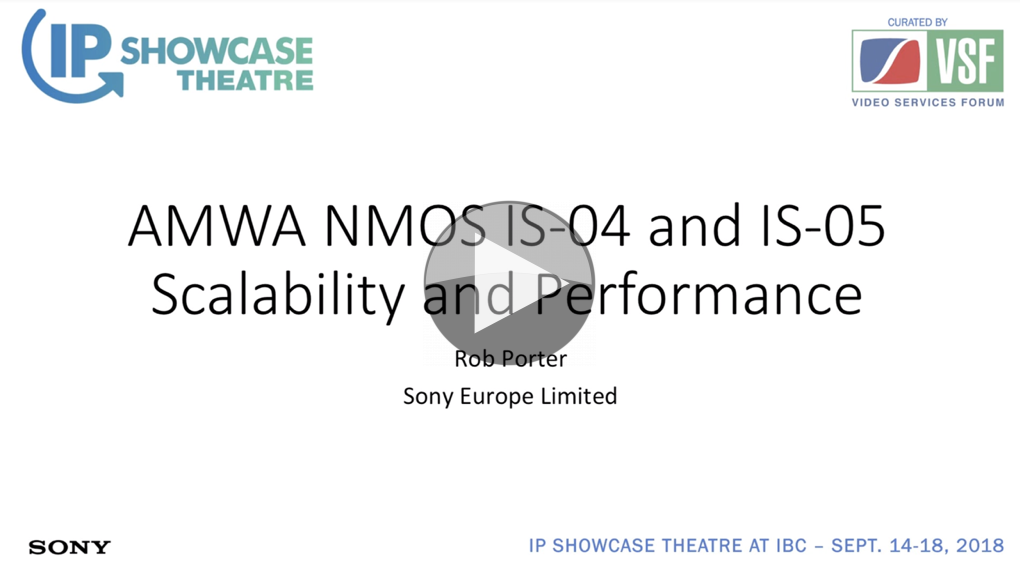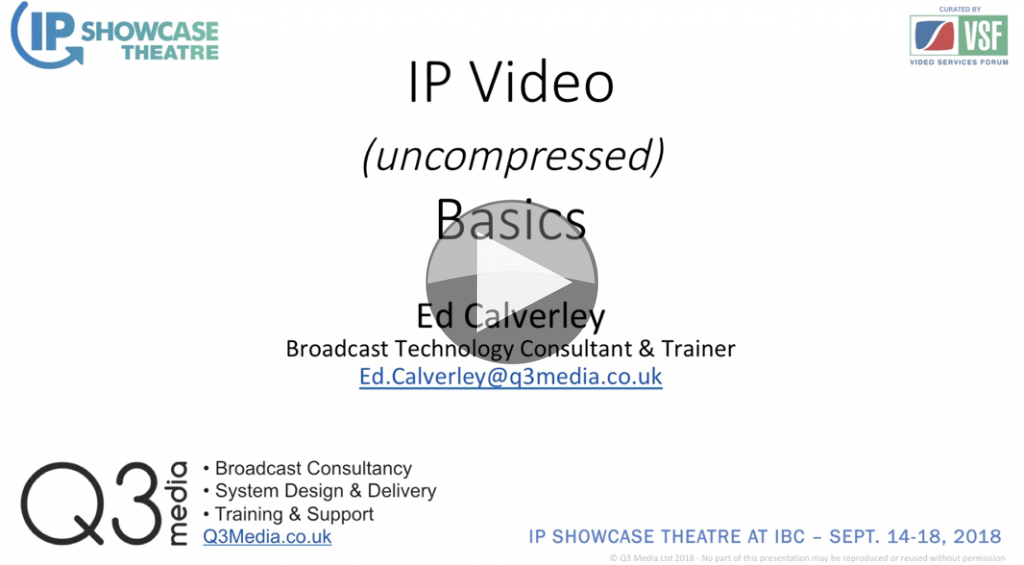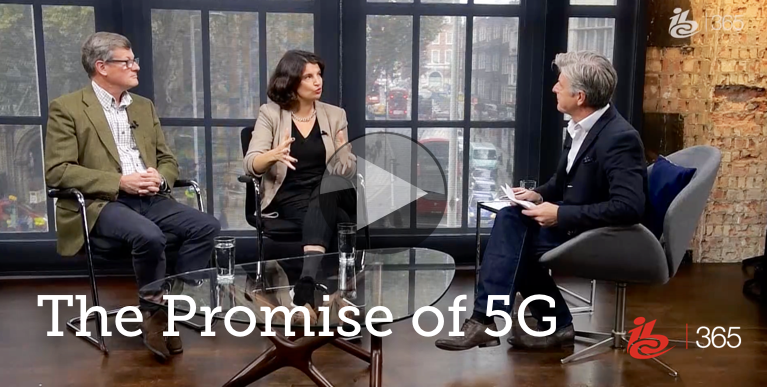
An increasing amount of broadcast video is travelling over the public internet which is currently enabled by SRT, Zixi and other protocols. Here, Merrick Ackermans explains the new RIST specification which aims to allow interoperable internet-based video contribution. RIST, which stands for Reliable Internet Stream Transport, ensures reliable transmission of video and other data over lossy networks. This enables broadcast-grade contribution at a much lower cost as well as a number of other benefits.
RIST is an interesting merging of technologies from around the industry. Many people use Zixi, SRT, and VideoFlow all of which can allow safe contribution of media. Safe meaning it gets to the other end intact and un-corrupted. However, if your encoder only supports Zixi and you use it to deliver to a decoder which only supports SRT, it’s not going to work out. The industry as accepted that these formats should be reconciled into a shared standard. This is RIST.
RIST is being created by the VSF – the Video Standards Forum – who were key in introducing VS-03 and VS-04 into the AIMS group on which SMPTE ST 2022-6 was then based. So their move now into a specification for reliable transmission of media over the internet has many anticipating great things. At the point that this talk was given the simple profile has been formed. Whist Merrick gives the details, it’s worth pointing out that this doesn’t include intrinsic encryption. It can, of course, be delivered over a separately encrypted tunnel, but an intrinsic part of SRT is the security that is provided from within the protocol.
Despite Zixi, a proprietary solution, and Haivision’s open-source SRT being in competition, they are both part of the VSF working group creating RIST along with VideoFlow. This is because they see the benefit of having a widely accepted, interoperable method of exchanging media data. This can’t be achieved by any single company alone but can benefit all players in the market.
This talk remains true for the simple profile which just aims to recover packets. The main protocol, as opposed to ‘simple’, has since been released and you can hear about it in a separate video here. This protocol adds FEC, encryption and other aspects. Those who are familiar with the basics may whoosh to start there.
Watch now!
Download the presentation
Speaker
 |
Merrick Ackermans
Chair,
VSF RIST Activity Group |











